When thinking about organizations or teams, we most commonly think about diversity in terms of gender, race, or age. But there is another form of diversity that is often overlooked – cognitive diversity.
Cognitive diversity is where a team or organizational members have different perspectives and different styles of processing information.
Scott E. Page, in his book The Difference: How the Power of Diversity Creates Better Groups, Firms, Schools, and Societies, explores the concept of cognitive diversity.
He suggests that cognitive diversity has four dimensions: perspectives, interpretations, heuristics, and predictive models.
- Diverse perspectives: people have different ways of representing situations and problems. They see the set of possibilities confronting them differently.
- Diverse interpretations: people put things into different categories and classifications.
- Diverse heuristics: People have different ways of generating solutions to problems. Some people like to talk through their thinking about problems; others prefer to write out their solutions first and then talk.
- Diverse predictive models: Some people analyze the situation. Others may look for the story that lies behind it.
Resources
- Harvard Business Review: Teams Solve Problems Faster When They’re More Cognitively Diverse
- Harvard Business Review: Does Diversity Actually Increase Creativity?
Posts that link to this post
- Open, Adaptive Strategy Make employees partners in the strategy process
- Rebel Ideas: the Power of Diverse Thinking Matthew Syed (2019)
POST NAVIGATION
CHAPTER NAVIGATION
SEARCH
Blook SearchGoogle Web Search
Photo Credits: Hamish Gill of F8 Creates ltd (Copyright: Hamish Gill)
Learn to lead by hosting the conversations that rarely happen but deeply matter. Coaching helps you turn dialogue into a daily leadership practice.

